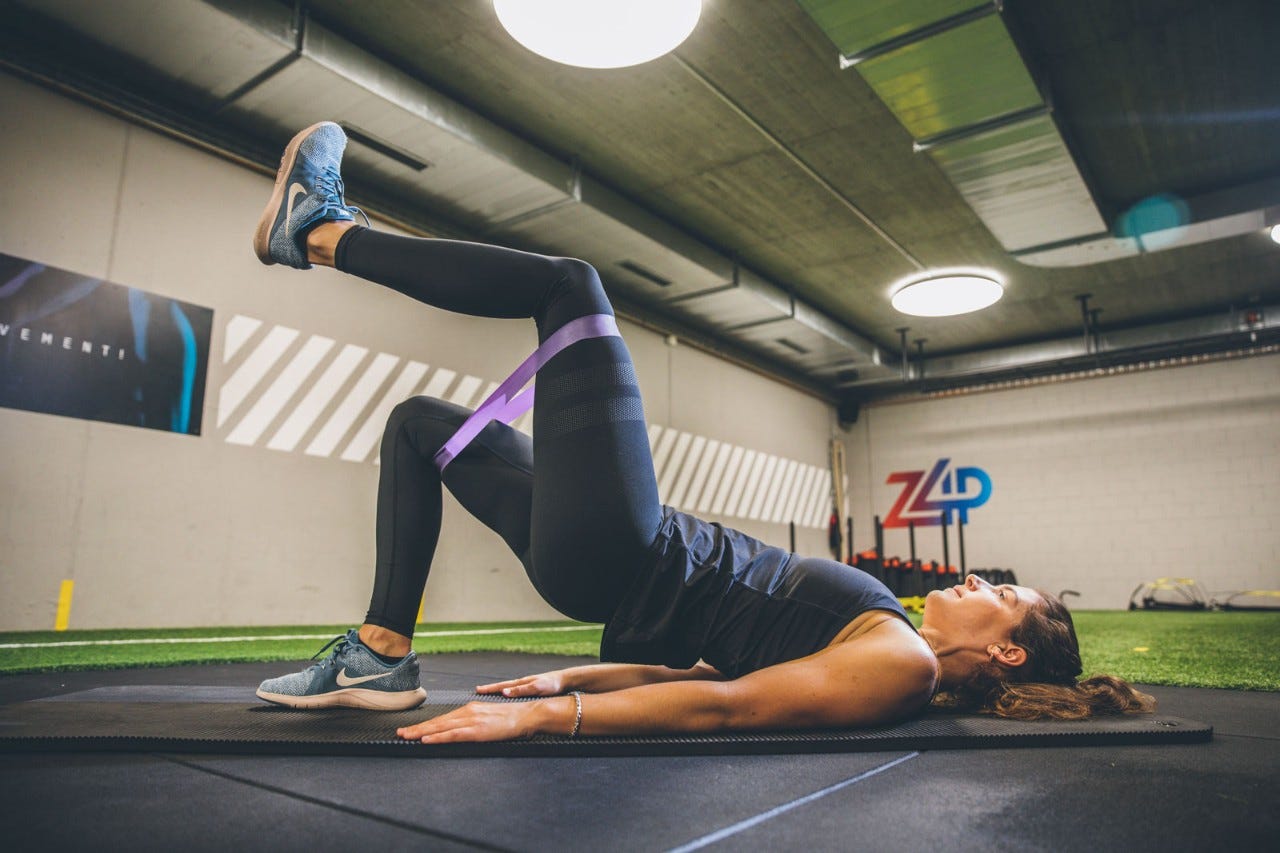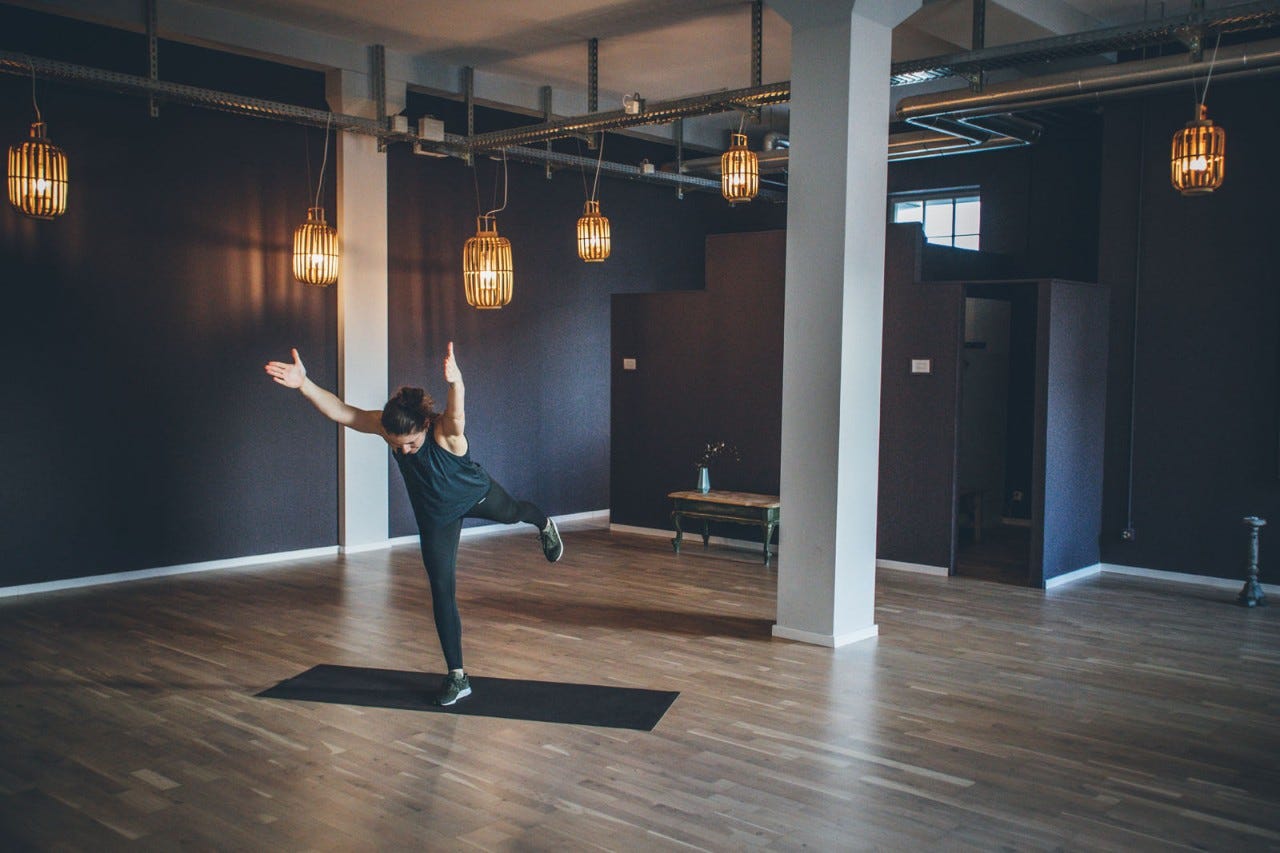Keep fit with HIIT
To get stronger, you have to continually expose your body to new stimuli. HIIT is perfect for this, because the training pushes you to your personal limits.

The human body provides energy in different ways while exercising. Depending on the duration and intensity, it taps into reserves such as creatine phosphate, glucose (sugar) or fat for this purpose. During steady endurance running, we mainly remain in the aerobic energy supply, which is based on good oxygen saturation and energy from fat reserves. That in itself is not bad, but real improvements are only possible through new stimuli. High intensity interval training (HIIT) is one such stimulus.
What is HIIT?
HIIT stands for high intensity interval training that consists of short periods of intense exercise alternating with short periods of rest. The targeted breaks mean we can train longer in the intensive range, which in turn means we burn more calories and generate stronger training stimuli and therefore achieve better results.
There are different kinds of HIIT workouts. There are several clues as to when you’re in a work phase or a recovery phase – your heart rate is one indication but you also have to listen to your body.
-
High-intensity phase
Your pulse should be between 75 and 100% of your maximum heart rate. The training should feel exhausting and your breathing frequency increases considerably. You breathe through your nose and mouth and it should be difficult or impossible to speak complete sentences.
-
Recovery phase
Your pulse should fall below 60% of your maximum heart frequency. Your breathing frequency slows significantly and you should be able to breathe only through your nose again.
Benefits of interval training
The increased demand for oxygen during exercise stimulates your metabolism and causes you to burn more calories in a shorter period of exercise than with steady exercise. HIIT workouts continually challenge your body with new training stimuli and this increases your maximum oxygen uptake or stamina in the long term. In addition, high intensity interval training can be very varied and sport-specific – with positive effects on endurance, coordination or specific muscle groups depending on the exercises you do.
Video: Versatile HIIT workout
There are countless varieties of HIIT workouts. HIIT while jogging or running means that you sprint up a set of stairs ten times and then slowly descend again instead of jogging at a steady pace for an hour. Interval training on a cross trainer or bike, for example, could involve sprinting ten times for 30 seconds and resting for 30 seconds after each sprint.
Anyone who finds jogging or cycling too boring will find a huge selection of HIIT workouts to raise your pulse with various strength and endurance exercises on YouTube. Martina Kratzer, personal trainer at Zone4Performance Winterthur, has put together a very efficient and varied HIIT workout for Sanitas.
How long should an interval last?
The optimum duration of the high-intensity and recovery phases depends on your individual performance level and training goal. For example, if you want to improve your sprint speed, it’s a good idea to combine short bursts of intense exercise lasting just 5 seconds with a break of 15 to 25 seconds. However, if you’re targeting endurance, you’ll need longer periods of exertion. Studies have shown that intervals of 30 seconds work and 30 seconds rest have proved effective in this case. Personal interval training can be tweaked with the following elements: Work intensity, work duration, number of repetitions and sets (e.g. three times ten sprints of 30 seconds each), length of recovery between the repetitions and the sets as well as the intensity of the break (i.e. active recovery or a complete rest).
Optimum HIIT training plan
Of course, the optimum HIIT training plan depends on your personal training goal. Such an intense form of training is not suitable to do every day. However, beginners and pros alike should always plan recovery periods after HIIT workouts. What’s more, the afterburn effect of a HIIT session means that energy metabolism can continue for up to 72 hours afterwards. This means that the body is still busy processing the training and needs time to regenerate. When devising your training plan, you have to make sure that you don’t spend most of your training time in the moderate range of intensity. It’s better to do two sessions in the intensive range and supplement these with more leisurely sessions. The reason for this is once again the training stimuli, which are significantly reduced if the training is too monotonous.
HIIT for rapid calorie consumption
One of the reasons that you burn more calories with HIIT than with steady endurance running is that you have to move faster, and quick muscle contractions consume more energy. Nevertheless, the body burns the same amount of calories on a steady run – if you invest the appropriate amount of time.


